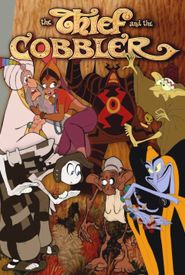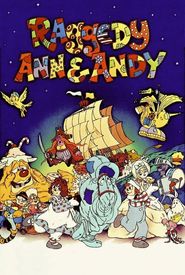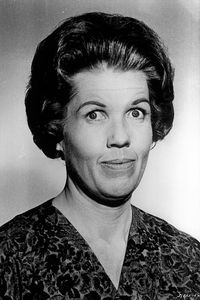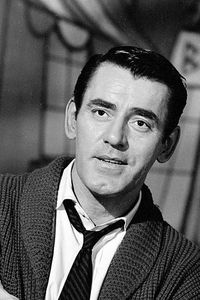Richard Williams, the son of commercial artists, embarked on a creative journey at the Ontario College of Art, where he would lay the foundation for his future endeavors. After graduating, Williams landed a job at Disney Studios in Burbank, California, an experience that would have a lasting impact on his work, yet ultimately prove stifling to his own innovative spirit.
In 1955, at the tender age of 22, Williams made the bold decision to relocate to England, where he joined forces with fellow Canadian George Dunning's company, T.V. Cartoons Ltd. As a key member of the team, Williams focused primarily on television commercials, honing his skills and building his reputation in the industry.
Concurrently, Williams poured his heart and soul into creating his first animated short feature, The Little Island, which premiered in 1958. This critically acclaimed masterpiece earned Williams the prestigious 1959 BAFTA Award for Best Animated Film, solidifying his status as a rising star in the animation world.
Despite the critical success of The Little Island, the film received a mixed response at the box office, leading Williams to pivot and target the mainstream market with his next project, Love Me, Love Me, Love Me, which debuted in 1962. This commercial success enabled Williams to establish his own animation studio, allowing him to explore a wide range of projects, from commercials to feature films.
Williams' impressive portfolio includes memorable title sequences for motion pictures, such as What's New Pussycat, The Liquidator, The Spy with a Cold Nose, The Return of the Pink Panther, and The Pink Panther Strikes Again. He also produced several animated features, including A Christmas Carol and The Thief and the Cobbler, the latter of which underwent numerous rewrites and re-edits, taking an astonishing 31 years to complete.
The Thief and the Cobbler was eventually released in the United States in 1995 by Miramax as Arabian Knight. This project showcased Williams' unwavering dedication to his craft, as well as his ability to persevere in the face of adversity.
One of the highlights of Williams' illustrious career was his role as animation director on the 1988 film Who Framed Roger Rabbit, for which he received two Academy Awards: one for Best Visual Effects and the other for animation direction and the creation of cartoon characters using computer-generated imagery (CGI).
In addition to his work behind the camera, Williams was also an accomplished voice-over actor, lending his talents to the iconic character Droopy Dog, a beloved creation of Tex Avery.
In 2001, Williams published his seminal text book, The Animator's Survival Kit: A Manual of Methods, Principles, and Formulas for Classical, Computer, Games, Stop Motion, and Internet Animators, a comprehensive guide that has become a valuable resource for animators around the world.
Throughout his career, Richard Williams has consistently pushed the boundaries of animation, leaving an indelible mark on the industry and inspiring countless artists and animators to follow in his footsteps.





























